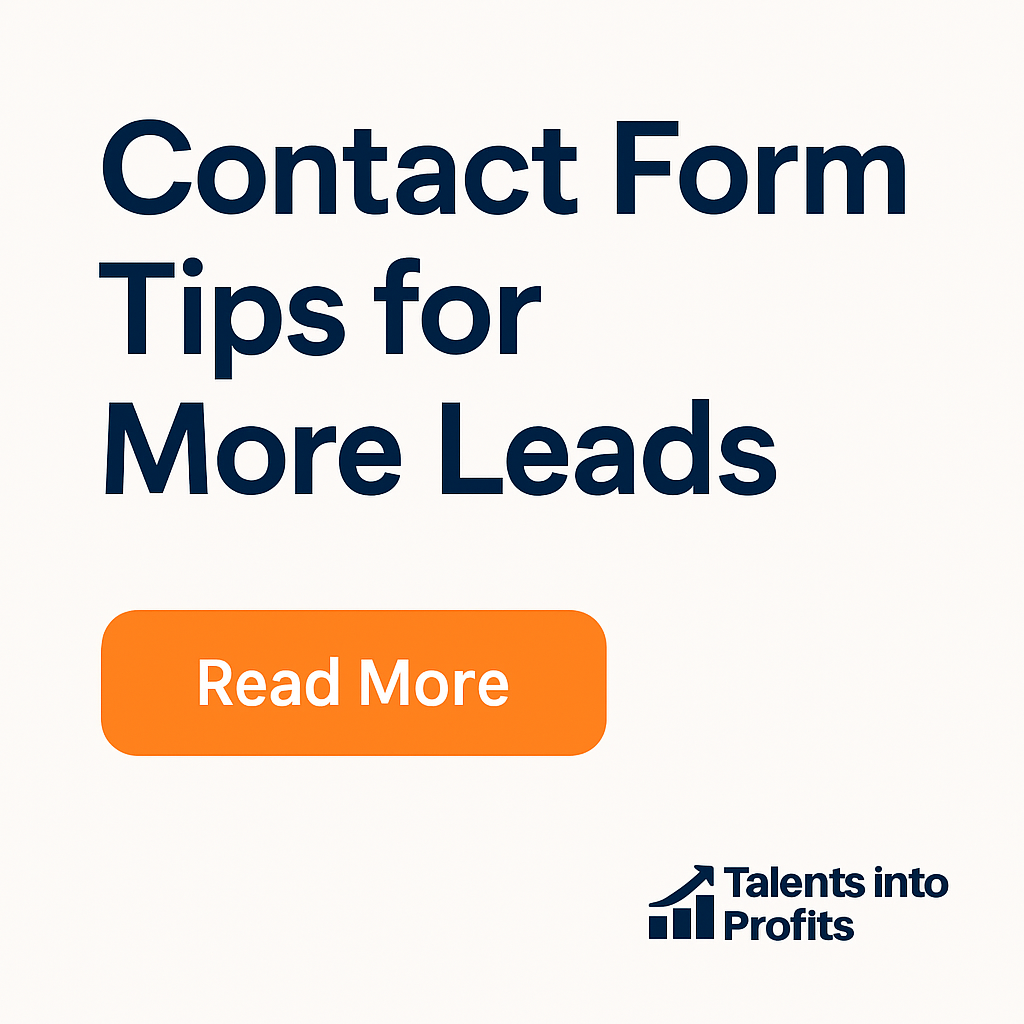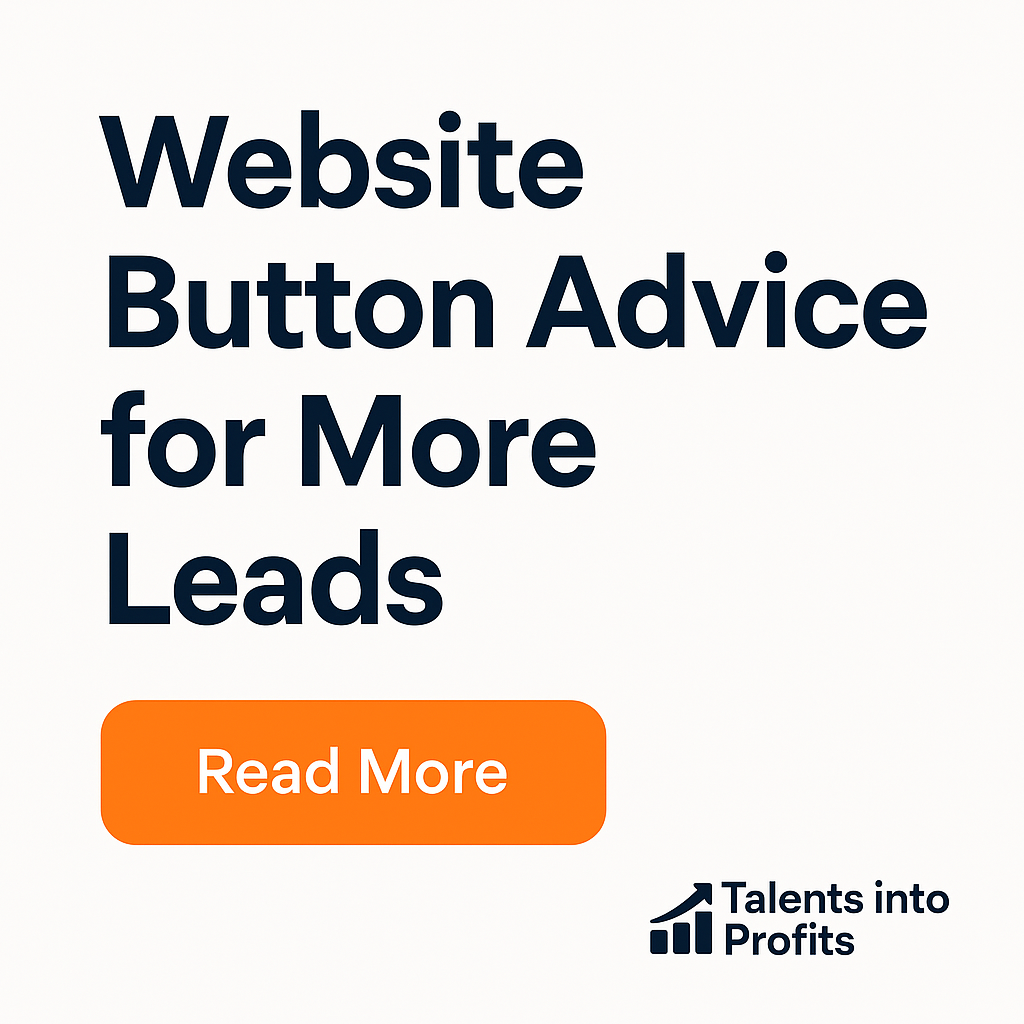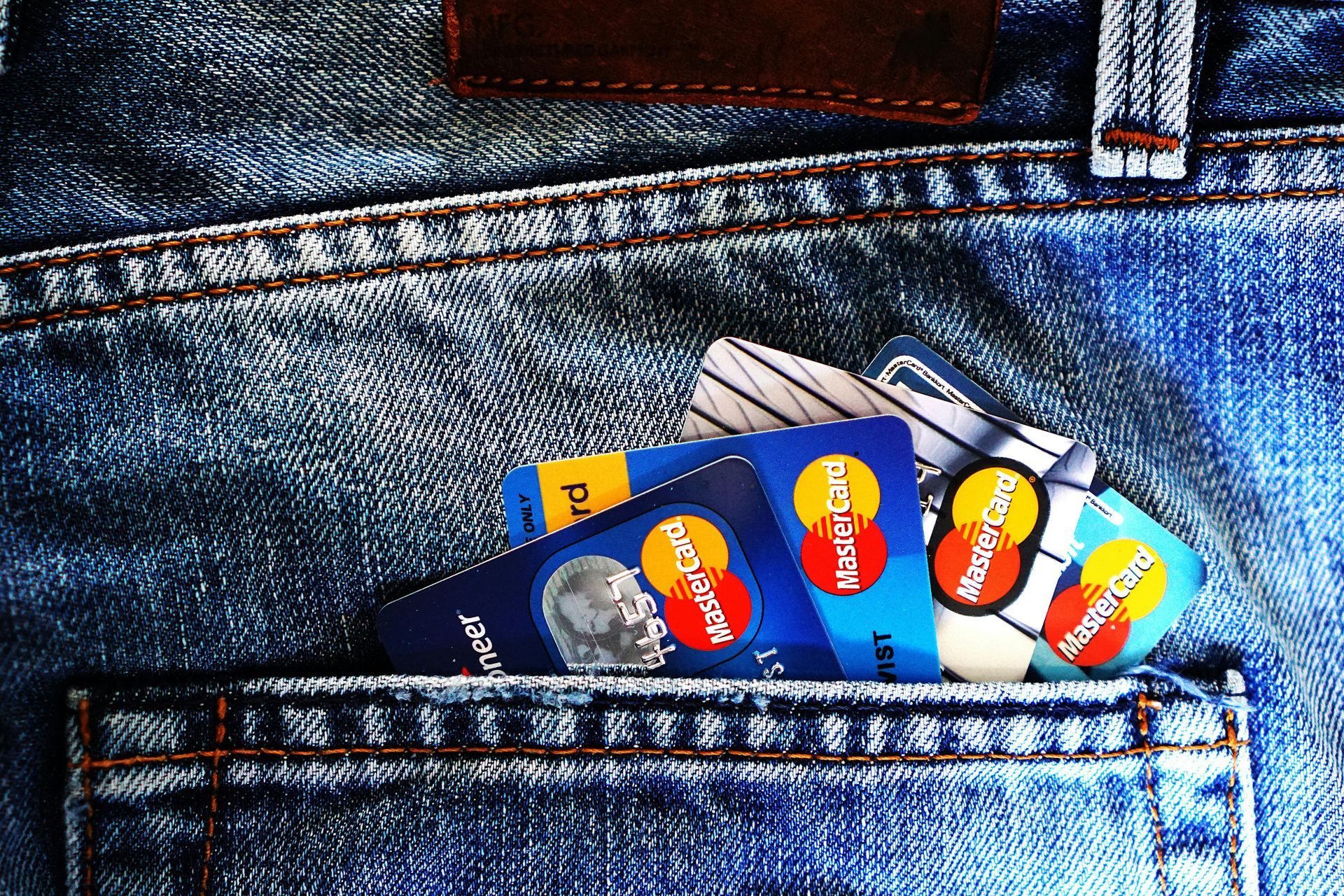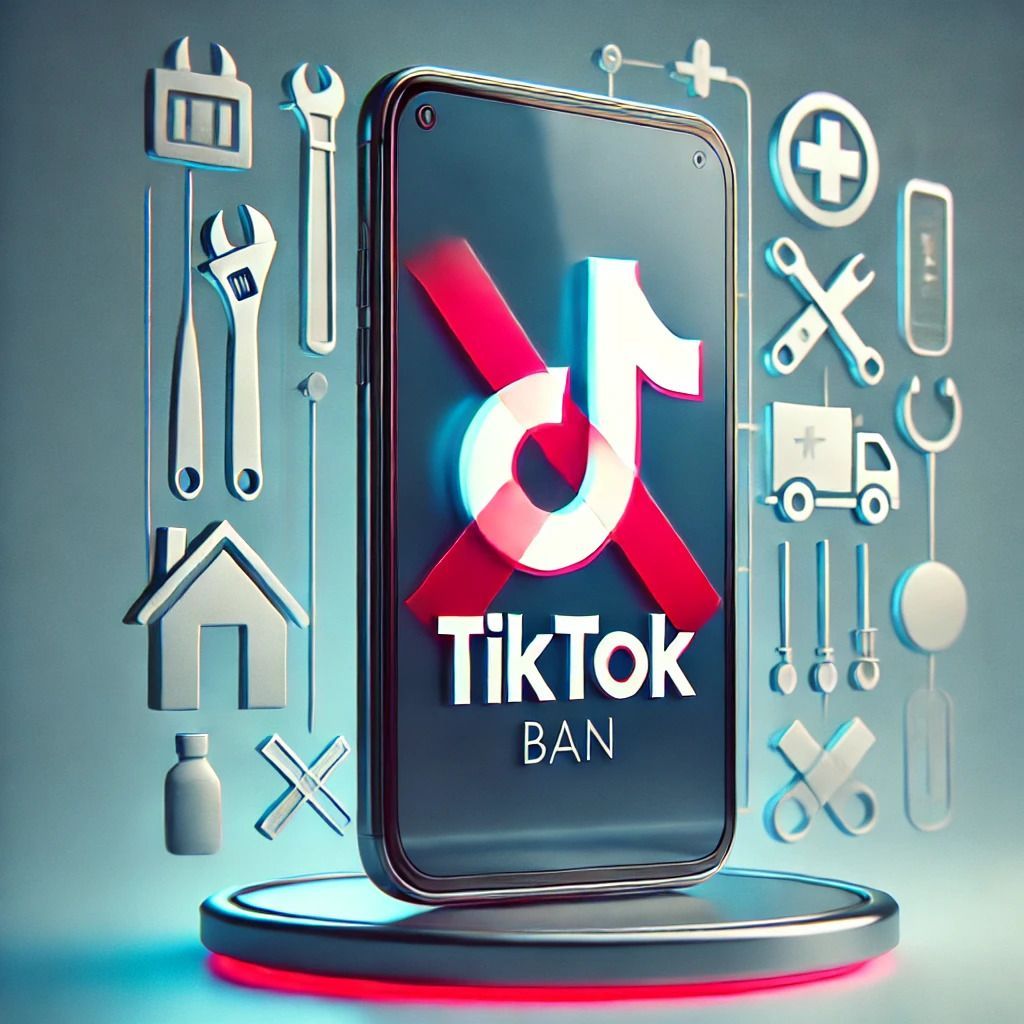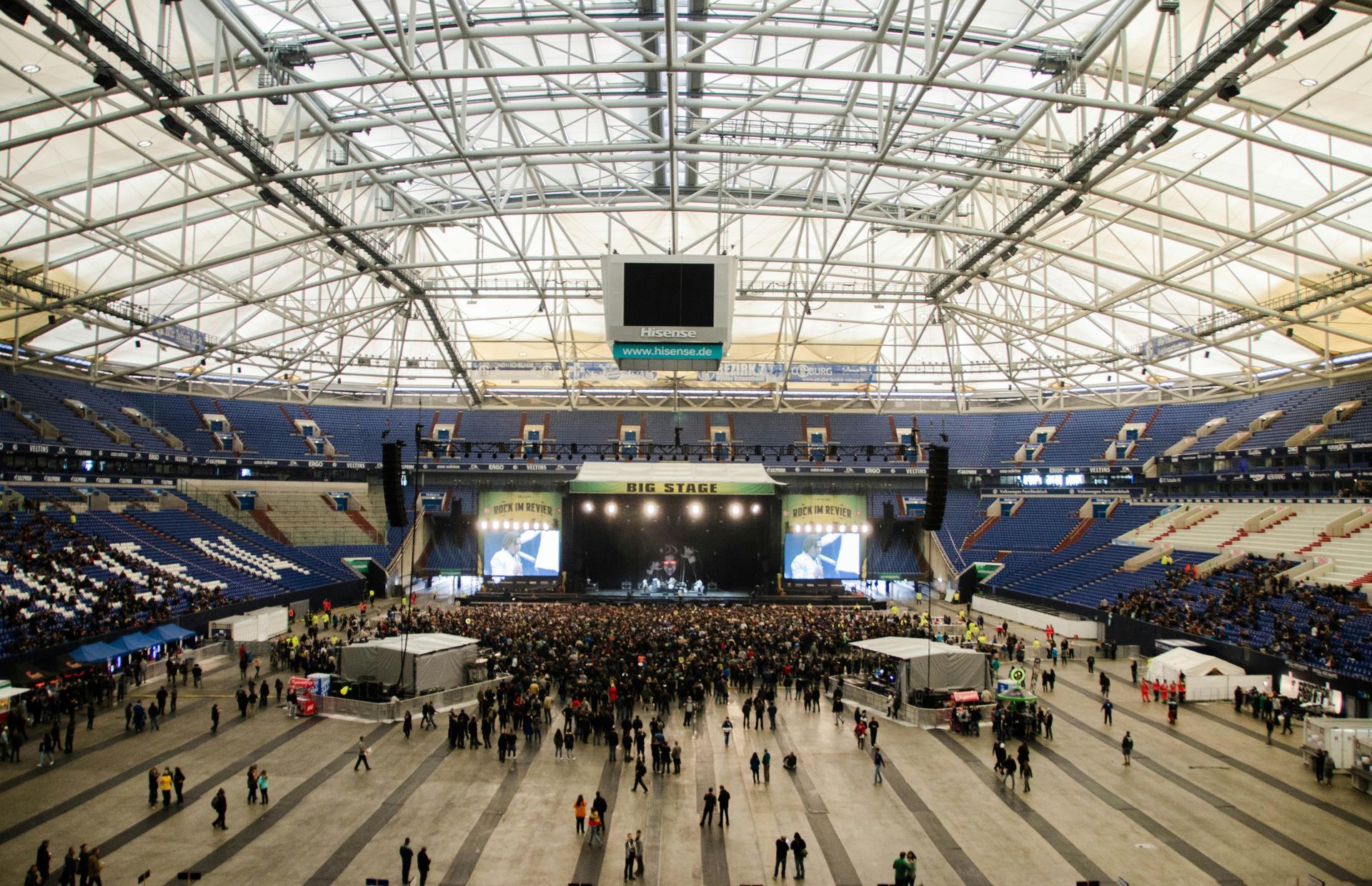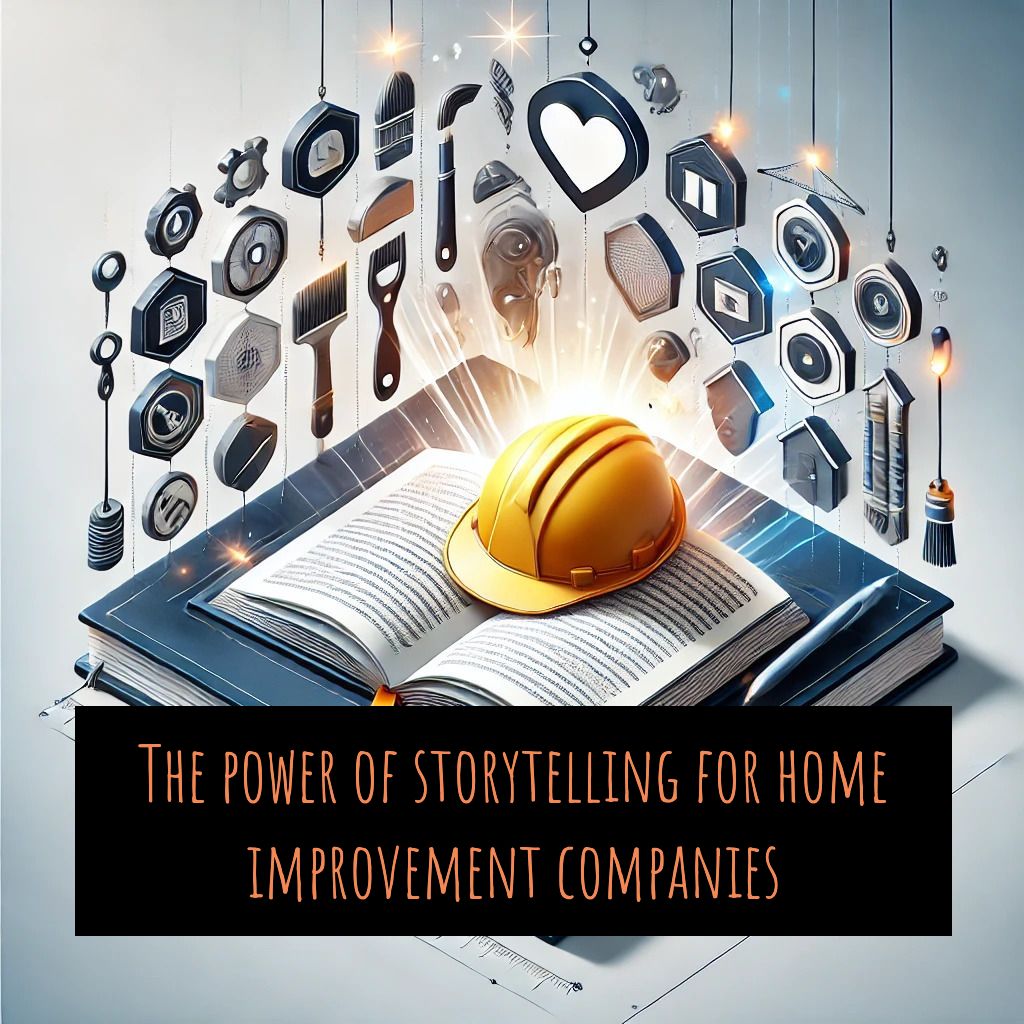Can Facebook really grow your home services business or is it a waste of time?
Facebook is a powerful tool for home service companies but not for paid ads. We’ll explain why Facebook Paid Ads don’t work in 2024 for most local service companies, and give you alternative ways to use the platform to help generate more leads and market share in the coming months and years.

The true goal of Facebook
Let’s set the record straight—having a million followers on Facebook might sound impressive, but it doesn’t mean much if no one is engaging with your content. Facebook’s algorithm doesn’t care about how many people follow you; it cares about how many people engage with your posts. The goal is to get likes, comments, and, more importantly, reshares. Why? Because engagement keeps people on Facebook longer, and that’s what Facebook values most.
How to Play the Engagement Game
Here’s a simple formula: the more likes and shares your posts get, the more visibility Facebook will give you. How? It will start showing your posts to people like your friends and family that click on similar posts. Again, Facebook wants to entertain you, not inform, all they care about is time on platform.
Early engagement is key. Start by asking your friends, family, and colleagues to like and share your posts to give your content that initial boost. From there, the algorithm takes over, pushing your post to a mirror or "look-a-like audiences."
Focus on content that sparks conversation or encourages people to hit that share button. When someone shares your post, it’s exposed to an entirely new audience—and that’s where real growth happens.



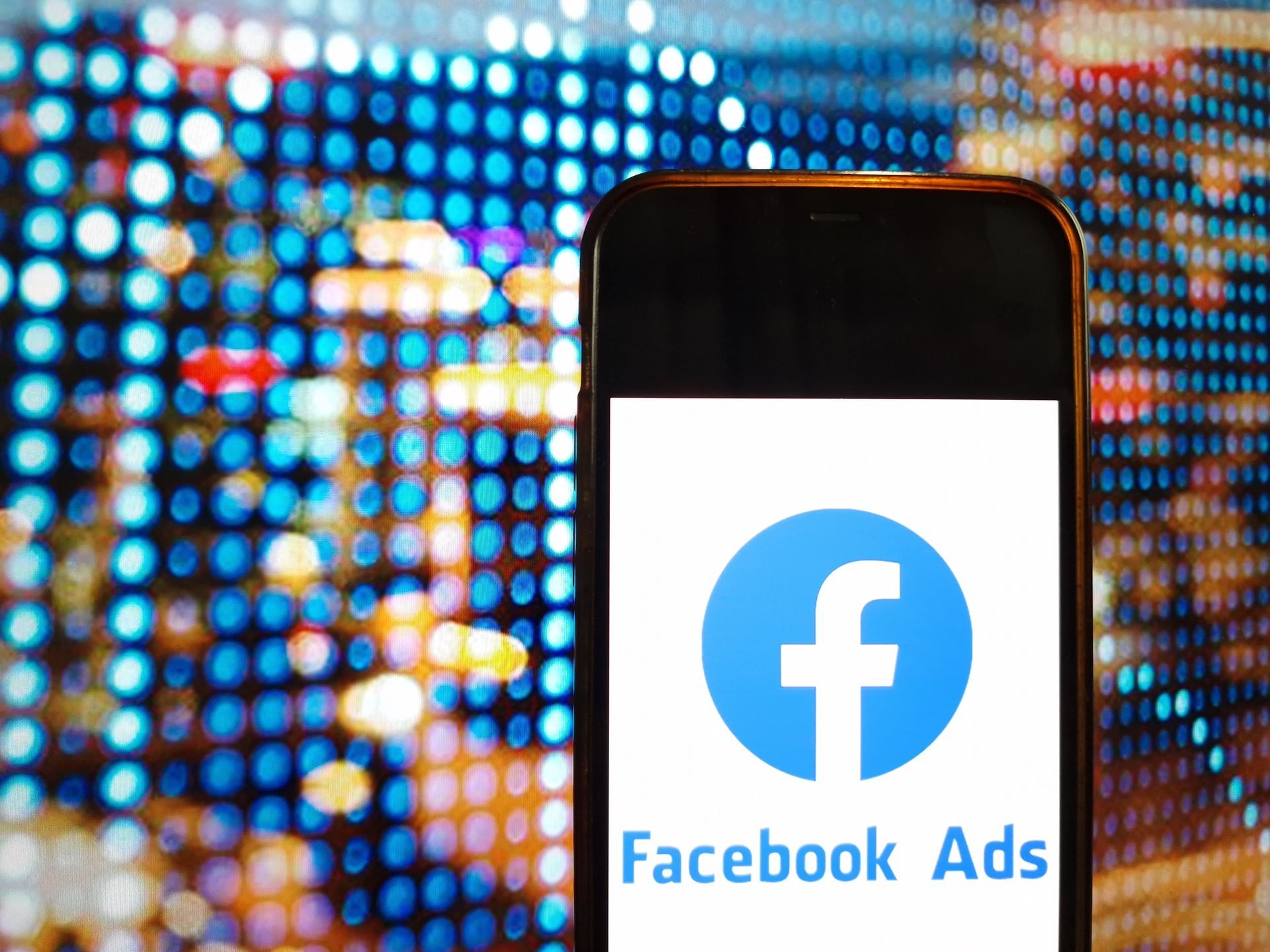

Optimize your Facebook Profile
Now that you understand the value of engagement, let’s make sure your
Facebook profile is set up for success. Optimizing your profile ensures that people can easily find you, trust you, and connect with you.
The Basics: Name, Address, Phone Number (NAP)
Make sure your profile includes accurate and up-to-date information like your Name, Address, and Phone Number (NAP). This not only helps potential customers contact you but also signals to Facebook that you’re a legitimate business. Your NAP should match what’s listed on your website and other online directories.
Great About Us Facebook information
Your mission statement tells people who you are and what you stand for. It should be concise and clear, explaining what your business does and why it’s important. A strong mission statement builds trust and can even help with your local SEO.
Use High-Quality, SEO-optimized Photos
Visual content is key on Facebook, especially for home service companies. Upload photos that showcase your work—whether it’s gutter installation, roof repairs, or HVAC maintenance. When uploading, make sure you include SEO-optimized descriptions with relevant hashtags to improve visibility.
Plan Ahead: Create a Month’s worth of Content on Day 1 of the Month
Running a home service company keeps you busy, and social media often feels like another full-time job. That’s why the smartest move you can make is to get your entire month’s worth of Facebook posts ready on Day 1. This way, your base content is covered, and you can still do real-time organic posting when something special comes up.
How to Plan Your Month of Posts
Start by sitting down on the first day of the month and mapping out what content you’ll post. Research what’s trending in your industry, and consider what your audience wants to see. Consider what service is in demand and what is in decline per your sales data, and decide if you want to capitalize on hot trends or be the only person going after the small volume requests that yield high revenues. It takes a lot of time to do and manage all the content, so the more “campaigns” you create, the more time it will take you or the agency you hire.
Mix in Organic Real-Time Posts
While you’ve scheduled a month’s worth of posts, it’s still important to stay active in real-time. If you’re working on a big project or have a special event, share an organic, real-time post about it. These spur-of-the-moment updates help humanize your business and show people what you’re up to right now. It’s the perfect balance between consistency and spontaneity.
How we post for our Home Services Company
The kind of content we post on Facebook for our clients matters as much as how often you post. Quality content grabs attention, sparks engagement, and gets shared. For home service companies, showing the transformation of your work can be incredibly powerful. All you have to do is take pictures and videos and send them to us.
Show the Process: Before, During, and After
Don’t just show the finished product. Post before, during, and after photos or videos of your projects. This provides a fuller picture of the value you offer, and it keeps your audience invested in the outcome. Our clients will take all the pictures and videos of a day’s work then email or upload them into our portal with notes on where they were and things that are special to each project, even naming specific people that did a great job. This all tells us how to post on their behalf with more personalized content. Authenticity for social media is everything.
For example:
- Before: Show a broken or worn-out roof.
- During: Post a quick video of your team in action.
- After: Showcase the pristine, finished product.
- Mentions/Notes: Jon did a great job at calculating exactly how much material we would need. Barry found roof damage which we immediately notified the owner, and fixed that day before continuing.
This type of content is not only engaging but also builds trust by demonstrating your expertise and professionalism.
Keep It Entertaining
Don’t be afraid to show some personality! Whether it’s a behind-the-scenes video, a time-lapse of your team at work, or a funny moment on the job site, keeping your audience entertained will keep them engaged. Facebook loves this kind of content, and so will your followers. Our client will take a few poses of them posing on roofs and smiling. We want our customers to know that we are human beings and that we love what we do, and you should, too.
Compression and Formatting: Keep It Clean
Make sure your photos and videos are properly compressed and formatted before posting. Large, uncompressed files take longer to load, and nobody likes waiting. Also, consider editing your videos to create a stronger hook—grabbing attention in the first few seconds is crucial. At TIP, we do all of this for you; you just keep sharing your videos and pictures, and we do all the rest.
Facebook Linking and Facebook Hashtags
When you do a roofing job in Austin, TX, the picture should have links to your Austin Roofing website page with the appropriate hashtags, such as #austinroofing #austintxroofing #austinroofers #autstinshingleroofs. This simple but effective linking to pages and usage of hashtags will integrate both your social media SEO and your website SEO, as long as you have linked your Facebook page to your website and Google Business profile. It could even help your Google Maps as well.
Asking for reshares: using other's networks
When starting on Facebook, one of the best strategies is inviting friends and family to like your business page. It’s an easy first step that gives your page much-needed visibility and credibility. But it doesn’t stop there—you want to nurture these connections so they actively engage with your content and, most importantly, reshare your posts with their network. Think of it as the digital version of “word of mouth.”
Start with Friends and Family
Your friends, family, and colleagues are your initial supporters. Send them a personal invitation to like your business page. Most people are happy to help, and this first wave of likes gives your page a solid foundation. But the real goal isn’t just getting them to like the page—it’s about engaging them with your content.
Nurture with Good Content
Once they’ve liked your page, nurturing that connection with good, engaging content is the next step. Post project updates, tips, and fun behind-the-scenes moments that resonate with your audience. When people enjoy what they see, they’re likelier to like, comment, and share. This engagement signals to Facebook’s algorithm that your content is valuable, boosting its visibility further.
Encourage Reshares to Reach Their Network
The real magic happens when your friends and family start resharing your posts. This is where your content gets exposed to a wider audience—their friends, family, and colleagues. When someone reshares your post, it acts as a personal recommendation to their network, much like word-of-mouth referrals work offline. The key is to create content that’s engaging and worth sharing, like helpful tips or impressive project results.
Why Online Word of Mouth Matters
In the home service industry,
trust is everything. When your friends and family reshare your posts, it’s a vote of confidence that tells their network you’re a business worth checking out. It’s an easy and organic way to grow your reach without spending a dime on ads. The more your content is shared, the more leads you’re likely to get from people who already trust you—because they trust the person who reshared your post.
Mastering the Facebook Messenger Quick Quote
When someone messages your business on Facebook asking for a quick quote, you’re on the clock. The expectation is that you’ll respond promptly, and how you handle this initial interaction can make or break a potential sale. The key to success? Rapport building, asking the right questions, and showcasing your expertise—all while keeping the conversation easy to understand and to the point.
Build Rapport Right Away
The first thing you want to do when someone reaches out on Facebook Messenger is to make them feel comfortable. Start by acknowledging their request and thanking them for considering your services. A simple, friendly response like:
“Hi there! Thanks so much for reaching out. I’d be happy to help you with a quote. May I ask you a few quick questions to better understand your needs?”
This instantly sets a professional yet approachable tone, letting the customer know they’re in good hands.
Expert-Level Questions to Qualify the Lead
Once you’ve established rapport, it’s time to move into expert-level questions. These questions should not only help you understand the project but also showcase your knowledge and help the customer realize they’re dealing with a pro. Here are a few examples, all written at an eighth-grade reading level for clarity:
- For Gutter Services:
- “Are you looking for new gutter installation, a cleaning, or repair?”
- “How long has it been since your gutters were last serviced?”
- “Have you noticed any water damage around your property?”
- For Roofing Services:
- “What kind of roof do you have—shingle, tile, or metal?”
- “Are you seeing any leaks, or are you just looking for a general inspection?”
- “How old is your roof, and have you had any issues with it before?”
These questions are designed to both qualify the lead and demonstrate your expertise in the field. You’re not just asking about their needs—you’re showing that you know how to diagnose problems and offer tailored solutions.
Keep It Clear and Professional
One of the most important aspects of the Messenger quick quote process is maintaining clarity. Avoid technical jargon and keep the conversation at an eighth-grade reading level to ensure the customer fully understands everything you’re discussing. They should feel confident in their abilities, and not be confused by your language.
Be Ready to Close or Schedule
Once you’ve gathered the necessary details and provided some initial advice or a rough quote, be ready to move forward. This could mean scheduling a call, a site visit, or closing the deal immediately. A prompt and professional close, such as:
“Thanks for sharing that info! Based on what you’ve told me, I’d recommend [X solution]. We can get started as early as [day]. Does that work for you?”
Or, if they need more information before committing:
“I’d love to chat more about this and answer any other questions you have. Would you like to schedule a quick call or visit?”
Do Facebook Ads work for home services?
While Facebook ads can be useful for some businesses, they often fall short for home service companies when compared to Google advertising. The reason? It comes down to timing and intent. People don’t typically scroll through Facebook looking for a roofer or plumber, but when they’re searching on Google, they have a specific need—and they’re ready to act.
Intent vs. Distraction
Users usually scroll through their feeds, catch up with friends, or watch videos on Facebook. They’re not actively looking for services like roof repairs or gutter cleaning. So, even if your ad catches their eye, they may be unable to take action immediately. This means you’re paying to appear in front of people who are not actively seeking your services, which can lead to lower ROI.
On the other hand, when someone types “plumber near me” or “HVAC repair in [city]” into Google, they’re looking for a solution right now. Google advertising lets you capture people when they need your services, so it tends to deliver better results for home service companies.
Limited Targeting for Immediate Needs
Facebook allows you to target ads based on interests, demographics, and location, but it doesn’t have the same target precision as Google Ads. Google Ads allow you to target people based on their search intent—meaning they’ve already shown an interest in finding the exact service you offer.
For example, with Google Ads, you can reach people searching for specific terms like “emergency roof repair” or “24-hour plumber,” targeting those in immediate need of your services. On Facebook, you’re targeting people based on broader categories, hoping they’ll remember you when they do need help.
Higher Cost, Lower Conversion
While Facebook ads may be less expensive per click, they lower home service businesses' conversion rates. That’s because you’re trying to turn passive users into customers, which is a much harder sell. With Google Ads, users are already searching for what you offer, making them far more likely to convert into paying customers.
We’ve seen the cost per click (CPC) tell the same story. Through Google advertising, we typically see $1 to $6 CPC, which is far more cost-effective compared to Facebook ads, where CPC can range from $10 to $20. Not only is Google cheaper, but it also sends users directly to your website or prompts a quick call, leading to faster conversions. With Facebook, you often need to be ready to respond to a Facebook Messenger request within minutes, similar to how Yelp advertising works. This can create additional pressure to manage real-time conversations, which isn’t ideal for businesses that thrive on efficiency and immediate results.
Facebook services is just part of our marketing...
Here at Talents Into Profits, we do all of the above for you and with you, but this is only a sliver of the work done. If you need a full marketing solution please contact us today.
Need Help with your Marketing?
We promise there are no hard sells, just facts, and see if we're a good fit for future growth moving forward.

